My Egyptian father gave me this Zaatar recipe, and I love his version of it! It is earthy, fragrant and complex. He told me the story of how his mother used to make it back in his little village in Egypt.
Growing up, there was always a jar of za’atar right next to our stove, and he would use it to season everything from meat dishes to vegetables, hummus, and pita bread. My mother zaatar in her version of Middle Eastern rice, and salads, and so it just became woven into our daily life. I didn’t really understand how special it was until I started cooking for myself.
Since then, it has been a staple in our catering business, the secret ingredient that elevated our Middle Eastern Recipes.
But first, What is za’atar?
What is Zaatar made of?
- oregano
- marjoram
- thyme
- cumin
- coriander
- sesame seeds
- salt
- the most important ingredient of all: Sumac! Sumac gives zaatar the unexpected tanginess that, to me, is the key to the best zaatar.
How to make Zaatar
-
Mix all the spices, salt and sesame seeds together in a small bowl or jar.
-
Store in an airtight container at room temperature.
-
For enhanced flavor, toast whole seeds (cumin seeds and coriander seeds) until fragrant, then grind. This will make the most flavorful zaatar. If you don't have whole seeds, feel free to use ground spices.
How to use Zaatar Spice?
- Middle Eastern Rice
- Avocado Toast with Poached Eggs, Arugula and Zaatar
- Zaatar Meatballs with Green Tahini Sauce
- Lebanese Slaw (Salatet Malfouf)
- Roasted Eggplant with Zaatar
- Grilled Zucchini with Zaatar, Garlic and Labneh
- Roasted Sunchoke and Barley Bowl with Zaatar Tahini Sauce
- How to Make Labneh
- Authentic Baba Ganoush (Grilled or Baked!)
Za’atar FAQs
What does Zaatar taste like?
Zaatar spice is aromatic and earthy, with a tangy, nutty flavor.
Does zaatar go bad?
Zaatar is a combination of spices and sesame seeds, and the oil in sesame seeds can go rancid after several months. Always smell your zaatar; it should smell earthy and fragrant.
Why is my zaatar bitter?
Zaatar should only have a mild, pleasant bitterness from the thyme or oregano. If your zaatar is overly bitter, it may contain too much thyme compared to the rest of the ingredients.
Does zaatar always have sumac?
Even though zaatar blends can vary, most contain sumac, the spice that gives it its signature tangy flavor.
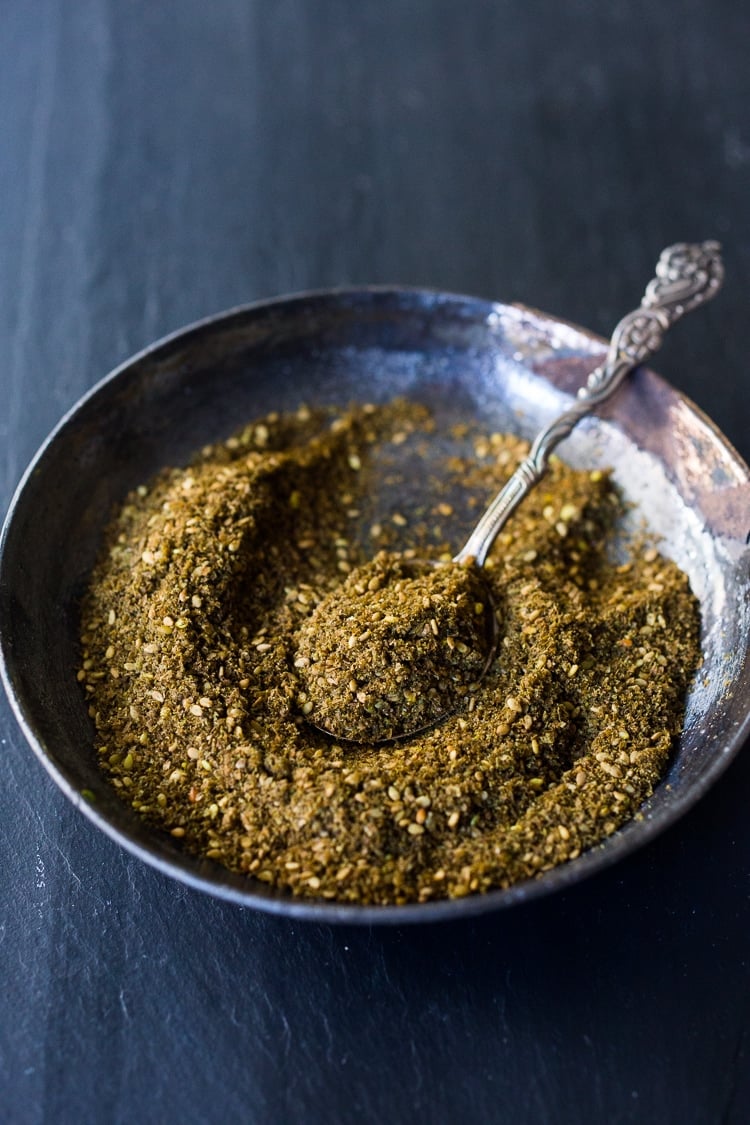
Other flavorful Spice Blends to try:
- Dukkah Recipe
- Ras el Hanout Spice Blend
- Homemade Taco Seasoning
- Furikake Seasoning Recipe
- Homemade Yellow Curry Powder
- Garam Masala Recipe
- Chinese Five Spice
More from Feasting at Home
Watch How to Make Zaatar
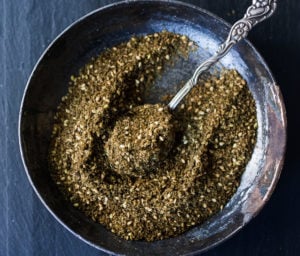
Zaatar / Za’atar Spice
- Prep Time: 5 mins
- Total Time: 5 mins
- Yield: ½ Cup 1x
- Category: Spices
- Method: Toasted
- Cuisine: Middle Eastern
Description
An authentic recipe for Za’atar Spice – a flavorful Middle Eastern Spice that can be used to season hummus, baba ganoush, vegetables, meats, etc. (My Egyptian Dad’s recipe.)
Ingredients
- 1 tablespoon dried thyme– crushed (or sub oregano)
- 1 tablespoon cumin (see instructions about whole or ground)
- 1 tablespoon coriander
- 1 tablespoon toasted sesame seeds
- 1 tablespoon sumac
- 1/2 teaspoon kosher salt
- 1/4 teaspoon or more aleppo chili flakes- optional
Instructions
- Mix all the ingredients together in a small bowl. Store in an airtight container.
- TIP: For the best flavor, toast whole spices (cumin seeds and coriander seeds) until fragrant, then grind. Do not grind the sesame seeds. Toasting the whole spices first will make the most flavorful zaatar! If you don’t have whole seeds, feel free to use ground spices.
- Store in an airtight container for up to 3 months.
Notes
There are many variations of Zaatar. This was my dad’s recipe- he was Egyptian. Other regions have different versions. There is not one “right” way. It varies from area to area, and even household to household.
This Villa Jerada Zaatar Spice Blend is lovely if you rather purchase it! Made in Seattle!
Nutrition
- Serving Size: 1/2 tablespoon
- Calories: 17
- Sugar: 0.1 g
- Sodium: 88.2 mg
- Fat: 1.6 g
- Saturated Fat: 0.2 g
- Carbohydrates: 0.8 g
- Fiber: 0.4 g
- Protein: 0.3 g
- Cholesterol: 0 mg
Leave a comment
Comments
Originally Posted
Last Updated
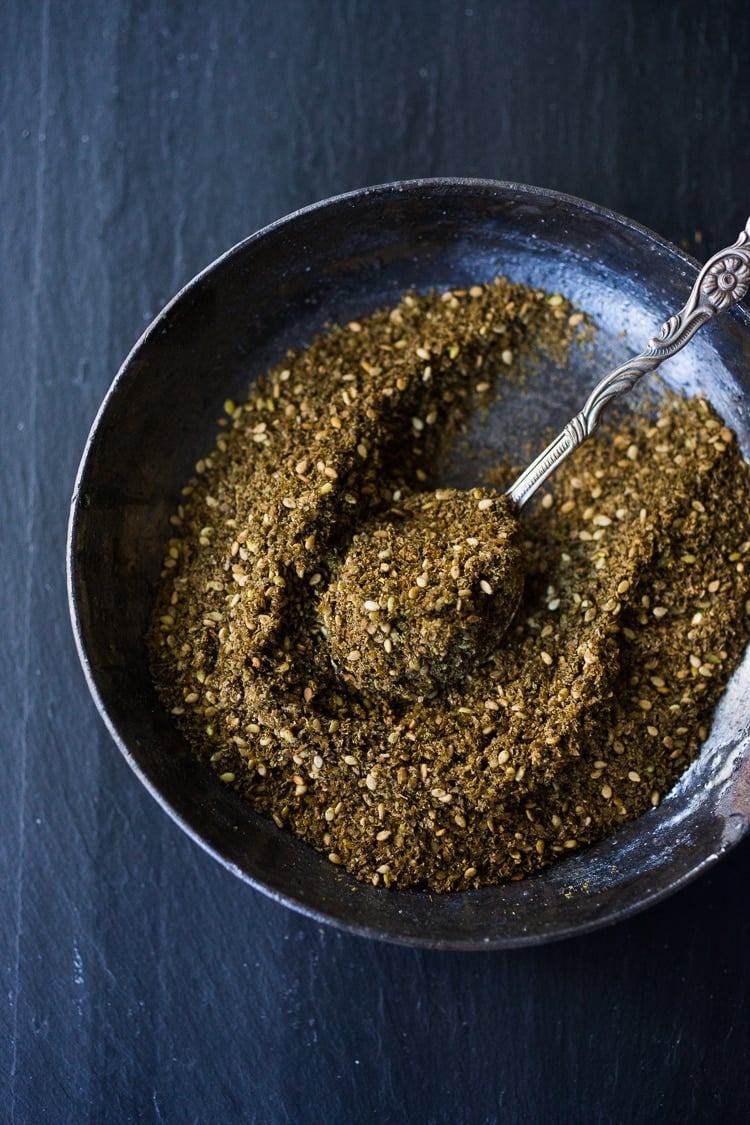

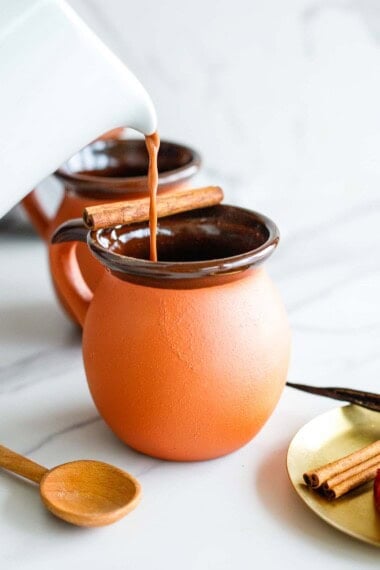
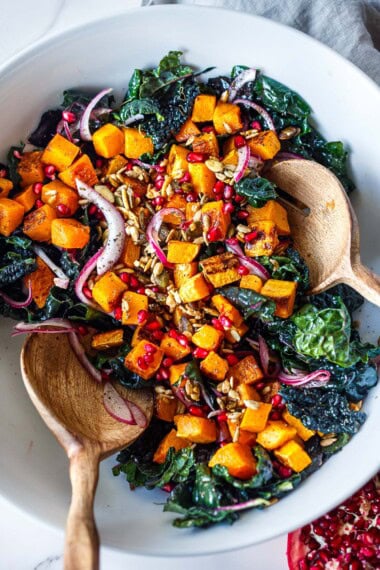
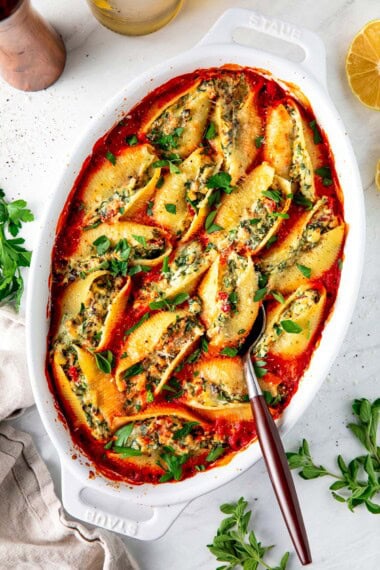
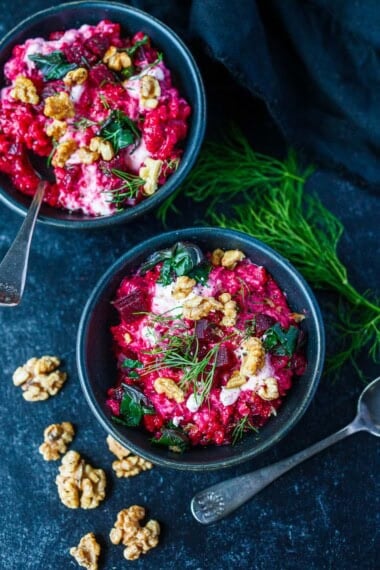
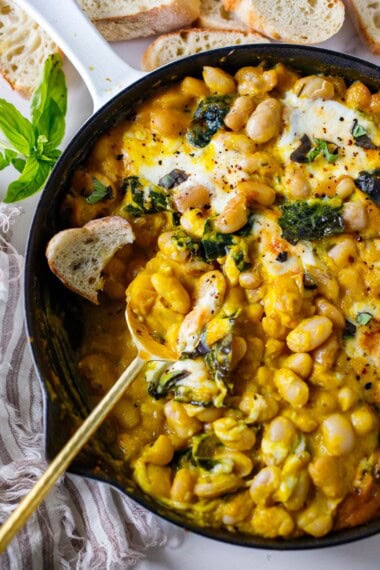
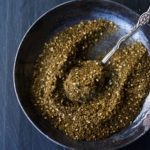
Please tell me about sumac. It grows. On my farm. Would I dehydrat the sumac. Berries and grind. Fine? .looking forward to trying this. Spice. Blebd as shared. Above. Looked up as star for a soup recipe.. Had no idea what it was other than I heeded 4 t bsp in lentil soup.
Thank uou
You can dry the seed and grind them (not too fine). They should have a very sour tart taste.
Thank you for sharing your spice recipe for Za’atar
what a wonderful addition to my spice repertoire!
excellent
Thanks for a great recipe. I used grated lemon peel as that was a suggestion from the internet for a sumac substitute. Thanks for the tip on toasting the cumin, coriander, and sesame. We’re going to use this in olive oil to dip bread in (trying to avoid butter).
Oh perfect! lemon peel is a great option!
Thanks so much for this tip! Very helpful!
Hi that’s how we make zaatar in Lebanon too just the zaatar itself which is the oregano+sumac+sesame seeds and salt and it best for manakish but i think the recipe that is presented here is probably from Palestine:)
Yes, there are many versions! This was actually my father’s Egyptian version. He spent time in Lebanon too, but not sure how this evolved.
Whats the option for zataar and sumac as wherw i live we dont get this powder or herbs. Thanx for your recipe wil wait to make this.
You can order Za’atar online from Penzey’s Spices.
WhT would Gordon Ramsey do?
I will be making your version this weekend.
In the Gulf countries we used Za’atar especially in the months that changed weather to winter…drinking za’atar tea was a must in every office and prevented illness. Especially flu.(it was an acquired taste. I will try adding your other ingredients, but we used Thyme, Sumac and Sesame in olive oil on breads.
I was so excited to find this authentic recipe …thank you so much.
I was turned on to zataar last year and started using it a lot. As an Iranian chef commented on a video, you can never use too much zataar. I ran out and didn’t take time to get more at the market, so I googled a recipe and settled on this one. Loved it so much, when that ran out I made a triple batch. I much prefer the thyme over oregano and improvised a ghost pepper salt over the sea salt aleppo pepper combo. Yummy.
My mother always adds cumin and coriander. She is from Egypt. I think it is different depending on the country. Where are you from?
My dad was from Egypt too!
Do you mean thyme, sumac and sesame seeds?
This spice mix is new to me and I want to try it. I’m grateful for finding this recipe. I have found other recipes fonzaatar that include the following: –
Onion powder
Garlic powder
Cumin
Coreander
Parsley
Paprika.
Could you tell me if these last ingredients are necessary?
Hi Colin- My recipe includes coriander and cumin- as for the rest- you could add granulated garlic and onion powder if you like? Each Zaatar recipe is slightly different. No rules here. Feel free to play around and create your own version.
Thank you for the recipe, it was great. We used it to make roasted carrots to pair with homemade labneh for a recipe included in a group called Eat the World. We’ll mention where we got the recipe and link back to your site.
Perfection. Plus it can be altered to your own specifications…more/less Aleppo pepper, sumac, cumin, coriander…..
I’ve never been to The Middle East… But I love za’atar, I worked with a Lebanese lady and she made some with bread every weekend… I always look forward to it
Now I’m going to make my own.
If I can’t find sumac I heard I could use fresh lemon rind. How much and would it store the same? It sounds yummy
You could add lemon zest to the dish you are making with the zaatar spice, but don’t add it to the spice itself, unless it is dried.
I don’t have Aleppo chili flakes, and cant’ buy them in my town. Could I use ancho chili peppers instead?
Just use chili flakes!
Delicious! Put It on thinly rolled out pizza dough with olive oil and it ṭastes just like the one at my local Arab bakery!
Such a great idea! Love the pizza dough, kind of middle eastern flat bread!
Came out wonderfully. I added some marjoram, too. Lovely! Putting it on everything!
Great to hear~!
Thanks to AltonBrown, I look up this recipe and yours came up. Made it within minutes – dropped some naan bread in the toaster oven and WOW! This will be a staple in my seasoning library. Thank you for posting it.
Awesome. Thanks
My only question is what is up with the salt content? I can buy zaatar at many local stores here in Chicago where salt is not listed as an ingredient.
I’m trying to do a low salt diet and was hoping to make my own salt-free zaatar.
Feel free to leave it out!
My experience has been that the salt content is on point. Not too much or too little. One knows its there however it is not the case that anyone of the mixed ingredients over power…balanced perfectly. I alter my mix and augment certain spices i.e. sumac or marjoram or cumin depending on the use/flavoring of certain dishes….
Excellent!
I have been looking for this for years! My mom got some when I was younger and we didn’t know what it was called and couldnt remember where we got it lol thank u!
This is a very good recipe. Thank you. I see on the internet that each region and each country from ME has their own special take on this spice mix, so people claiming to know better should realise that there is no one version which is the true version. I used sumac for the first batch I made and it was excellent. But now I have run out of sumac so I will try Persian ground dried lemon.